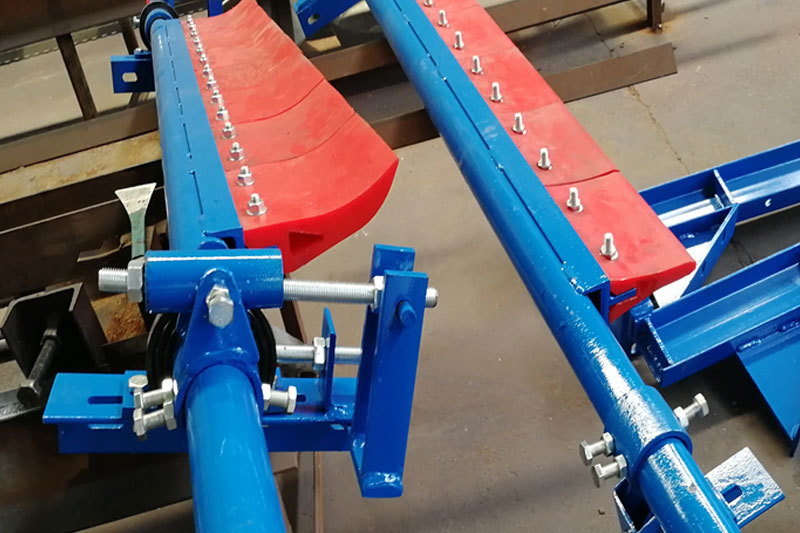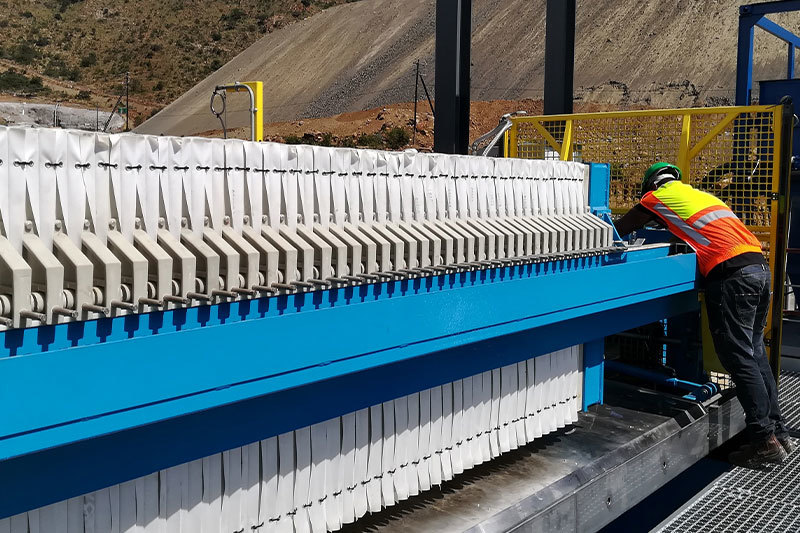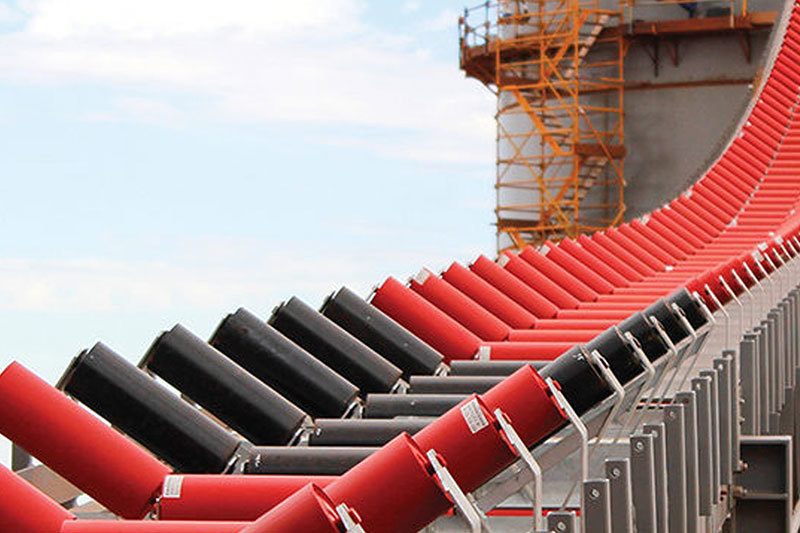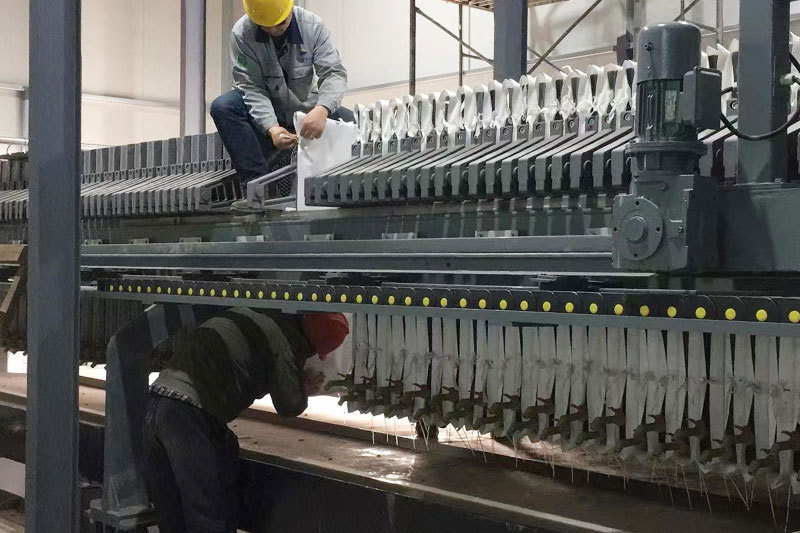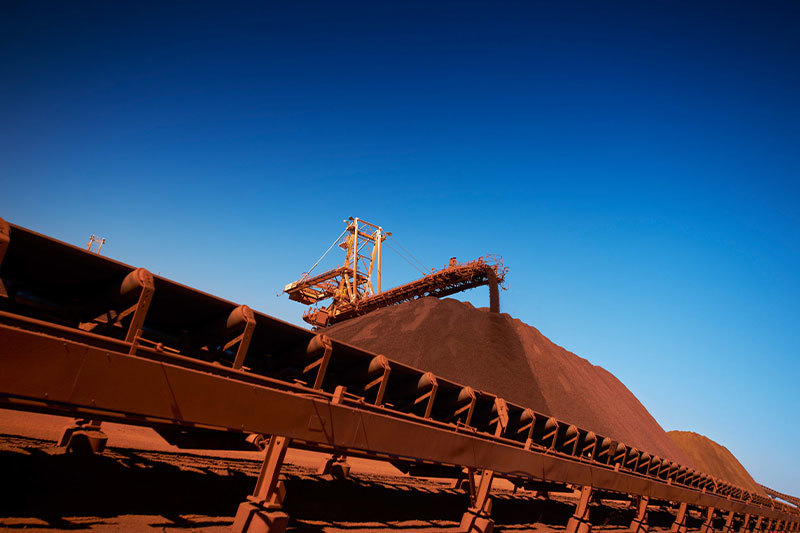Types and uses of seal materials with good heat resistance and cold resistance
Release time:
2023-07-06
Nitrile rubber has excellent properties such as fuel oil and aromatic solvents, but it is not resistant to ketones, esters and hydrogen chloride.

Commonly used materials for rubber sealing products are as follows:
the
1. Nitrile rubber:
Nitrile rubber has excellent properties such as fuel oil and aromatic solvents, but it is not resistant to ketones, esters and hydrogen chloride. Therefore, oil-resistant sealing products and nitrile rubber are mainly used.
the
2. Neoprene:
Neoprene has good oil and solvent resistance. It has good resistance to gear oils and transformer oils, but not to aromatic oils. Neoprene also has excellent resistance to weathering and ozone aging. The cross-linking fracture temperature of neoprene is above 200°C, and neoprene is usually used to make door and window seals. Neoprene also has good corrosion resistance to inorganic acids. In addition, since chloroprene rubber also has good flexibility and airtightness, it can be made into diaphragms and sealing products for vacuum.
the
3. Natural rubber:
Compared with most synthetic rubbers, natural rubber has good comprehensive mechanical properties, cold resistance, high resilience and wear resistance. Natural rubber is not resistant to mineral oils, but is relatively stable in vegetable oils and alcohols. In the hydraulic brake system of the brake fluid composed of n-butanol and refined castor oil mixed liquid, the rubber bowl and rubber ring of the seal are made of natural rubber, and the general sealant is also commonly used to make natural rubber.
the
4. Fluorine rubber:
Viton has outstanding heat resistance (200~250 ℃), oil resistance, and can be used to manufacture cylinder seals, rubber bowls and rotary lip seals, which can significantly increase the service life.
the
5. Silicone rubber:
Silicone rubber has outstanding high and low temperature resistance, ozone resistance and weather aging resistance. It can maintain its unique use flexibility, ozone resistance and weather resistance in the working temperature range of -70~260 ° C. It is suitable for making all kinds of thermal mechanisms. The necessary gaskets, such as strong light source lampshade sealing ring, valve gasket, etc. Because silicone rubber is not oil-resistant, has low mechanical strength and is expensive, it is not suitable for making oil-resistant sealing products.
the
6. EPDM rubber:
The main chain of EPDM rubber is a fully saturated linear structure without double bonds, and there are dienes on its side chains, so that it can be vulcanized with sulfur. EPDM rubber has excellent aging resistance, ozone resistance, weather resistance, heat resistance (can be used for a long time in an environment of 120 ℃), chemical resistance (such as alcohol, acid, strong alkali, oxidant), but not Resistant to aliphatic and aromatic solvents. EPDM rubber has the lowest density in rubber and has high filling characteristics, but lacks self-adhesiveness and mutual adhesion. In addition, EPDM rubber has outstanding steam resistance, and can be used to make sealing products such as steam-resistant diaphragms. EPDM rubber has been widely used in washing machines, accessories in TV sets and door and window sealing products, or in the production of rubber strips for various composite profiles.
the
7. Polyurethane rubber:
Polyurethane rubber has excellent wear resistance and good air-tightness, and its service temperature range is generally -20~80°C. In addition, it has medium oil resistance, oxygen resistance and ozone aging resistance, but it is not resistant to acid and alkali, water, steam and ketones. It is suitable for manufacturing various rubber sealing products, such as oil seals, imported sealing rings and diaphragms, etc.
the
8. Chlorine ether rubber:
Chlorine ether rubber has the advantages of nitrile rubber and acrylic rubber. It has good oil resistance, heat resistance, ozone resistance, flame resistance, alkali resistance, alkali resistance, water resistance and organic solvent resistance, and has good process performance. Cold resistance is poor. Under the condition that the operating temperature is not too low, epichlorohydrin rubber is still a good material for making oil seals, various sealing rings, gaskets, diaphragms and dust covers. the
the
9. Acrylic rubber:
Acrylic rubber is resistant to heat oil (mineral oil, lubricating oil and fuel oil), especially oil resistance and stability at high temperatures, generally up to 175 ° C, and can withstand 200 ° C for intermittent use or short-term use. His disadvantage is poor cold resistance. Therefore, it is suitable for making oil seals resistant to high temperature oil in non-cold regions, but it is not suitable for sealing products subject to tensile or compressive stress at high temperatures.
the
10. Nitrile rubber:
Oil-resistant, heat-resistant, wear-resistant, widely used in the production of seal products, but not for phosphate series hydraulic and gear oils containing polar additives. -40~120℃, used to make O-rings and seal oil, suitable for general hydraulic and pneumatic systems.
the
11. Hydrogenated nitrile rubber:
High strength, oil resistance, wear resistance, heat resistance and aging resistance. -40~150℃, used for high temperature, high speed reciprocating seal and rotary seal.
the
12. Rubber plastic:
The material has a large elastic modulus and high strength, and other properties are the same as above. -30~80℃, used to make O-rings, Y-rings, dust-proof rings, etc., which are used in seals of construction machinery and high-pressure hydraulic systems.
the
13. Viton rubber:
Heat resistance, acid and alkali resistance and other chemicals, oil resistance (including phosphate ester series hydraulic oil), suitable for all lubricating oil, gasoline, hydraulic oil, synthetic oil. -20~200℃, suitable for sealing of high temperature resistant, chemical, flame resistant hydraulic oil, widely used in metallurgy, electric power and other industries.
the
14. Polyurethane:
Excellent wear resistance, high strength, good aging resistance, -20~80℃. It is suitable for high-pressure and high-speed system sealing in construction machinery and metallurgical equipment.
the
15. Silicone rubber:
Good heat resistance and cold resistance, small compression set, but low mechanical strength, -60~23°C. Suitable for high-speed rotary seals at high and low temperatures and seals for food machinery.
the
16. Polyacrylate:
The heat resistance is better than that of NBR, and it can work in various lubricating oils, hydraulic oils, and petroleum-based hydraulic oils containing polar additives, and its water resistance is poor. -20~150℃, can be used in various car oil seals and various gearboxes, gearboxes, and can withstand medium and high temperatures.
the
17. Polytetrafluoroethylene:
Good chemical stability, heat resistance, cold resistance, water, oil, steam, medicine and other media. High mechanical strength, high temperature resistance, wear resistance, extremely low friction coefficient, good self-lubrication. -55~260℃, the production of wear-resistant rings, guide rings and retaining rings is commonly used in machinery
Sealing material, widely used in metallurgy, petrochemical, engineering machinery, light industrial machinery.
the
18. Nylon:
Good oil resistance, heat resistance, wear resistance, high compressive strength, good impact resistance, but poor dimensional stability. -40~120℃, used to make guide rings, support rings, pressure rings, retaining rings.
the
19. POM:
Good oil resistance, heat resistance, wear resistance, high compressive strength, good impact resistance, good self-lubricating performance, good dimensional stability, but poor flexibility. -40~140℃. Used to make guide rings and retaining rings.
Keywords:
More information



